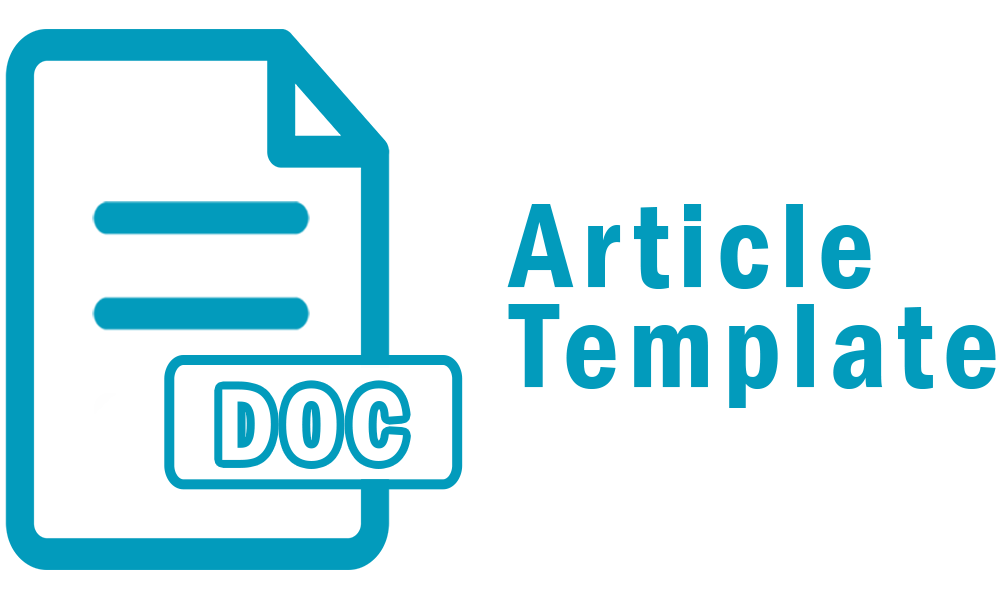Author Guidelines
Author Guidelines
1. Scope and Aims
- Scope: Clearly define the research areas relevant to empowerment and societal issues. This may include topics like social justice, community development, policy analysis, and more.
- Aims: Outline the journal’s objectives and what it seeks to achieve with published articles.
2. Types of Submissions
- Original Research Articles: Full-length articles presenting original research findings.
- Review Articles: Comprehensive reviews of existing literature on relevant topics.
- Short Communications: Brief reports on significant findings or innovative ideas.
- Case Studies: Detailed accounts of specific cases related to empowerment and society.
- Opinion Pieces: Essays presenting arguments or viewpoints on relevant issues.
3. Submission Process
- Online Submission System: Most journals use an online platform for submissions. Authors need to create an account and submit their manuscripts electronically.
- Cover Letter: A cover letter should accompany the submission, summarizing the main findings and significance of the work.
- Manuscript Preparation: Follow specific formatting guidelines for text, references, figures, and tables.
4. Manuscript Formatting
- Document Type: Typically Word or LaTeX files.
- Title Page: Include the title of the paper, author names, affiliations, and corresponding author contact information.
- Abstract: A concise summary of the study’s objectives, methods, results, and conclusions (usually 150-250 words).
- Keywords: A list of relevant keywords (usually 4-6).
- Main Text: Follow the journal’s structure (e.g., Introduction, Methods, Results, Discussion).
- References: Use the journal’s preferred citation style (e.g., APA, MLA, Chicago).
5. Ethical Considerations
- Ethics Approval: Ensure compliance with ethical standards, including obtaining necessary approvals from relevant ethics committees.
- Conflict of Interest: Disclose any potential conflicts of interest.
- Consent: Obtain consent for human subject research and provide appropriate acknowledgment for all contributors.
6. Peer Review Process
- Double-Blind Review: The identities of both the authors and reviewers are concealed.
- Review Duration: Expect a timeline for the review process and be prepared for potential revisions.
7. Revisions and Resubmissions
- Revised Manuscripts: Address reviewers' comments and resubmit revised manuscripts by the deadline.
- Response to Reviewers: Provide a detailed response to reviewers’ comments and explain how revisions were addressed.
8. Publication Fees
- Article Processing Charges (APCs): Some journals charge fees for publication. Check if there are any associated costs and whether waivers are available.
9. Post-Publication
- Proofs: Review proofs of the article before final publication.
- Copyright: Be aware of the journal’s copyright policies and agreements.
10. Contact Information
- Editorial Office: Provide contact details for inquiries related to submissions, editorial decisions, and other issues.
Final Tips
- Read the Full Guidelines: Always refer to the specific guidelines provided by the journal, as they will have the most precise requirements.
- Follow Formatting: Adhering to the journal’s formatting and submission guidelines helps streamline the review process and increases the chances of acceptance.














